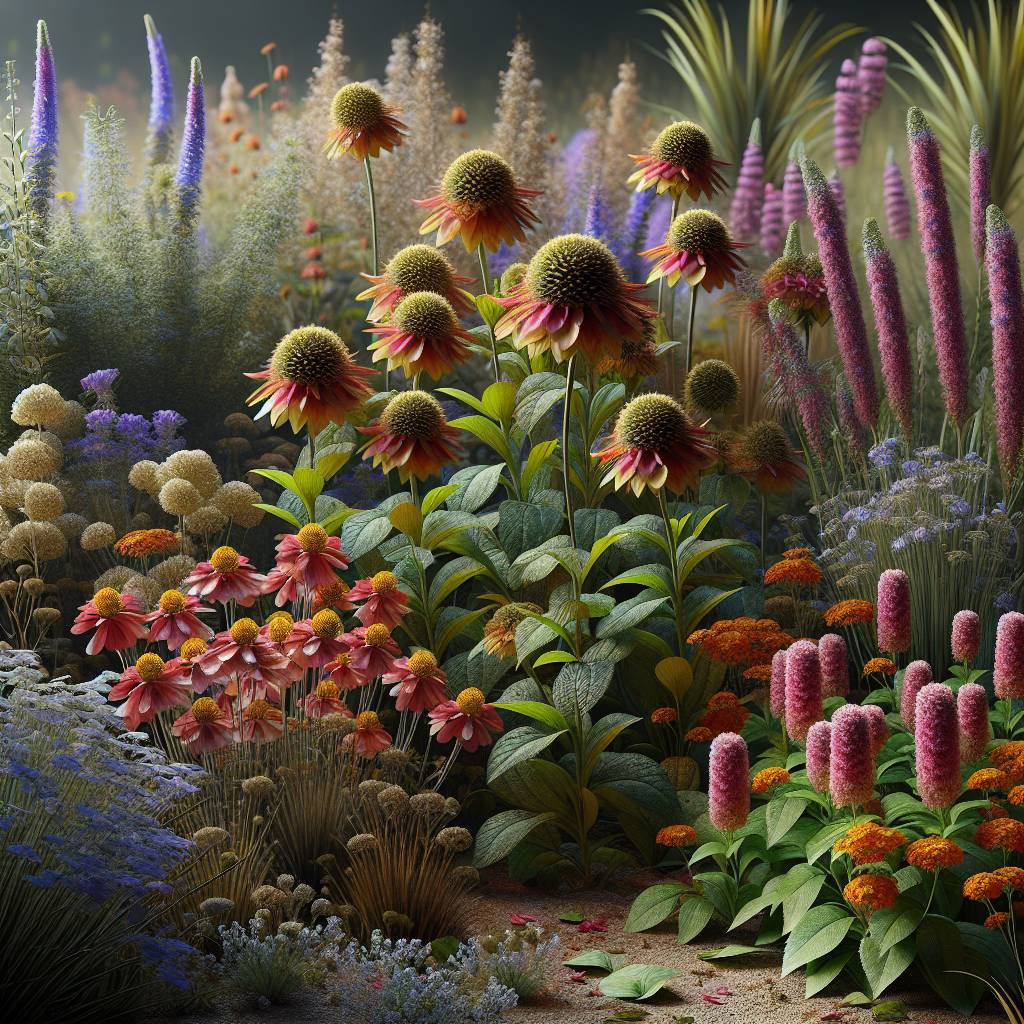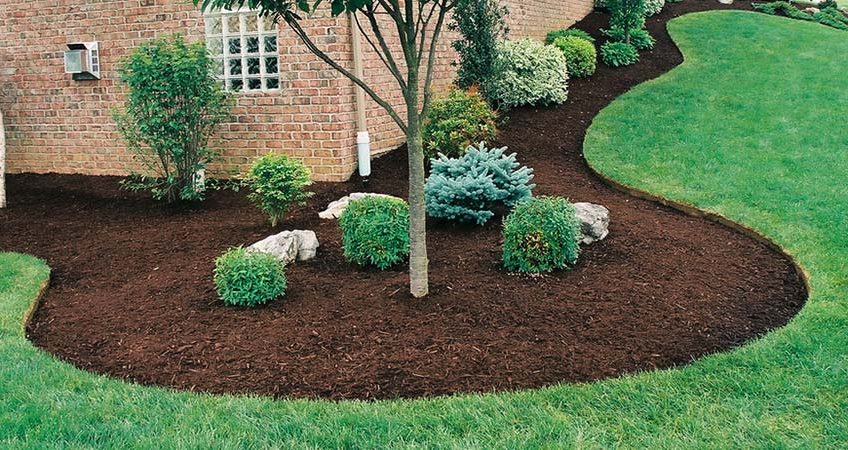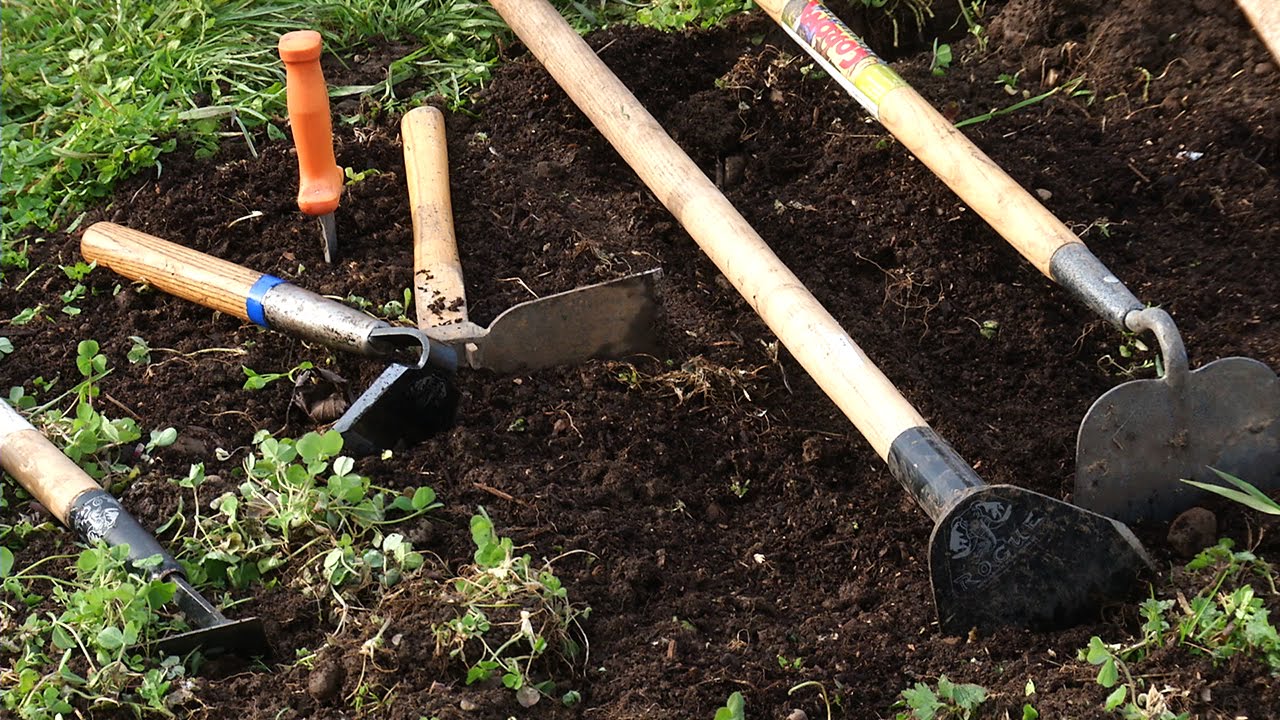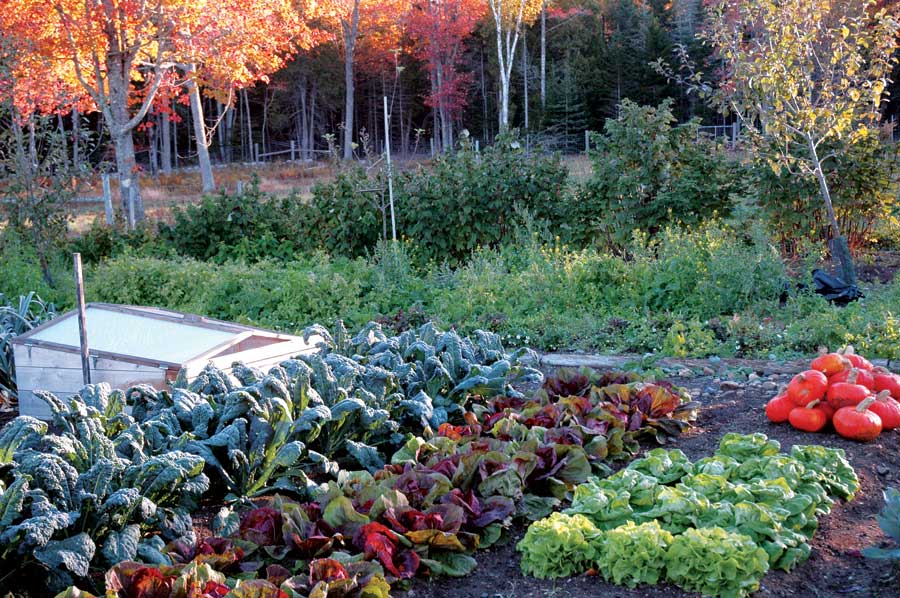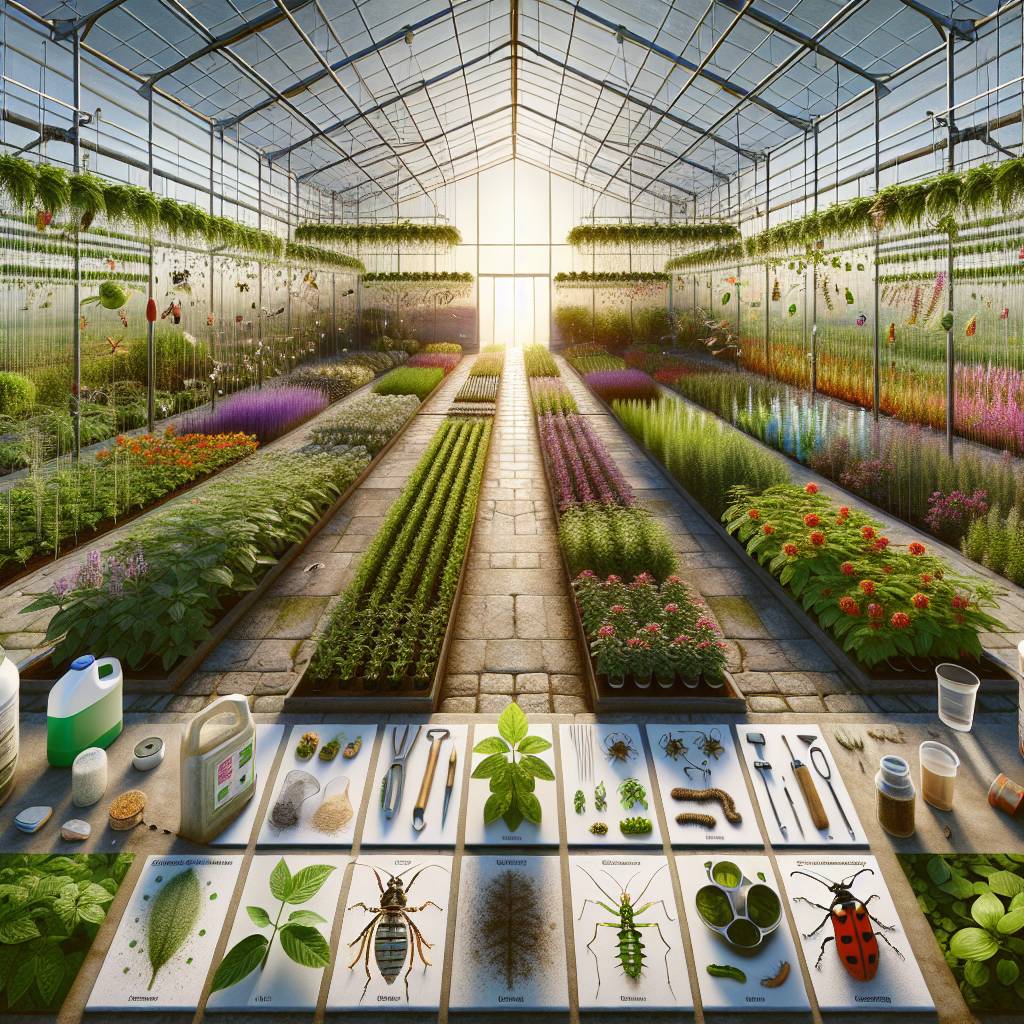Struggling to keep your garden thriving during dry spells? Looking for plants that can withstand long periods without water? Imagine having a vibrant, lush garden even in the midst of drought conditions. With the right selection of drought-resistant plants, this vision can become a reality. In this post, we’ll explore an array of resilient plant options that not only survive but thrive in low-water environments. From stunning succulents to hardy shrubs and colorful perennials, these choices will transform your garden into a sustainable oasis. Discover how you can cultivate a beautiful green landscape while conserving water and minimizing maintenance efforts.
Key Takeaways
- Embrace drought-resistant gardening by choosing plants like lantana, echinacea, salvia, catmint, portulaca, penstemon, rudbeckia, lavender, perovskia, and achillea for your garden.
- Consider lantana for its resilience in withstanding dry conditions and providing colorful blooms throughout the season.
- Opt for echinacea due to its durability and ability to thrive in hot and dry climates while attracting pollinators to your garden.
- Select salvia for its adaptability to various soil types and its low-maintenance nature, making it an excellent choice for water-wise gardening.
- Include catmint in your garden for its hardiness and ability to thrive in poor, dry soils, while attracting bees and butterflies with its fragrant foliage.
- Choose portulaca for its versatility and ability to thrive in high heat and low moisture conditions, making it an ideal choice for sunny areas in your garden.
- Incorporate penstemon for its toughness and ability to endure drought conditions while adding vibrant color and attracting hummingbirds to your outdoor space.
Embracing Drought-Resistant Gardening
Using drought-tolerant plants is crucial. These perennial plants have evolved to thrive in arid conditions, making them perfect for regions with limited water resources. By incorporating these plants into your garden, you can significantly reduce water usage while still maintaining a beautiful landscape.
Choosing drought-resistant plants offers several benefits. Firstly, they require minimal watering once established, reducing the need for constant irrigation. This not only saves time and effort but also contributes to significant water conservation efforts. Using these plants promotes environmental sustainability by minimizing the strain on local water supplies.
Plant Selection Criteria
Selecting the right resistant plant involves considering various factors such as climate and soil conditions. It’s essential to choose plants that are well-suited to the specific weather patterns, soil types, and hardiness zone in your area. For instance, if you live in a hot and dry climate, opt for species like lavender or yucca that thrive in such environments without requiring excessive moisture.
Another crucial aspect of selecting drought-resistant plants is their adaptability to low-water conditions. Look for species known for their hardiness zone, bloom time, and habit, ensuring sustainable gardening practices while still enjoying a vibrant garden.
Garden Design Principles
Incorporating drought-resistant plants into garden design requires thoughtful planning and creativity. Consider grouping together plants with similar watering needs when designing landscapes with water conservation in mind. This approach allows for more efficient irrigation strategies tailored to different sections of your garden.
Furthermore, creating visually appealing gardens with drought-tolerant plants involves understanding how various species complement each other aesthetically while thriving under similar environmental conditions. By strategically placing these resilient plant varieties throughout your garden beds or curbside planting areas in the appropriate hardiness zones, you can achieve an attractive yet sustainable landscape design.
Eco-Friendly Benefits
The use of resistant plant choices extends beyond personal benefits; it also positively impacts the environment by reducing overall water consumption within communities where drought-tolerant gardening practices are embraced widely.
Lantana’s Resilience
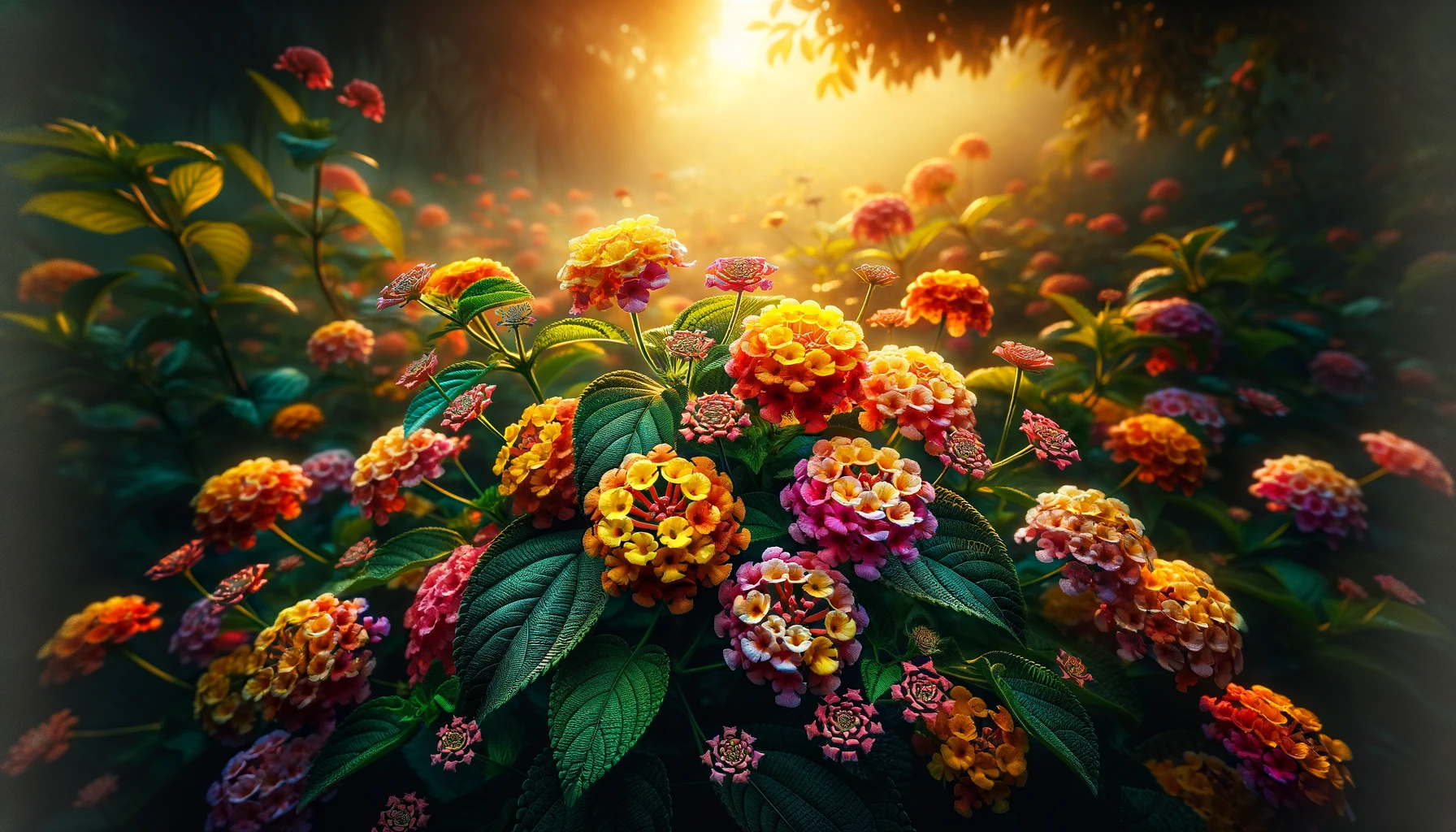
Growth Habits
Lantanas are drought-resistant plants with versatile growth habits, making them an excellent choice for water-efficient gardens. These plants exhibit a variety of growth patterns, including trailing, mounding, and upright forms. Their diverse growth habits allow them to thrive in different garden areas, whether it’s along borders, in containers, or as ground cover.
Lantanas’ low-water requirements and adaptable growth habits make them suitable for various landscaping needs. For instance, the trailing varieties can elegantly cascade over retaining walls or spill gracefully from hanging baskets in hardiness zones. On the other hand, mounding lantanas create attractive clusters of colorful blooms that add vibrancy to garden beds.
When selecting drought-resistant plants for specific garden areas that receive minimal irrigation or have poor soil conditions, considering lantanas’ growth habits is essential. By understanding their diverse growth patterns and hardiness zones, you can strategically incorporate these resilient plants into your landscape design to maximize their visual impact while conserving water effectively.
Care Requirements
One of the remarkable advantages of lantanas is their low-maintenance care needs. These water-efficient garden plants require minimal attention once established in a suitable hardiness zone. To ensure optimal performance and longevity of lantanas in a drought-resistant garden setting:
- Provide well-drained soil: Lantanas thrive in well-draining soil conditions and are tolerant of various soil types.
- Sunlight exposure: They prefer full sun exposure but can tolerate partial shade.
- Watering: Once established, lantanas are remarkably drought-tolerant, requiring infrequent watering during dry spells.
- Pruning: Regular deadheading promotes continuous blooming while shaping the plant for aesthetic appeal.
Understanding these minimal care requirements and hardiness zones enables gardeners to cultivate healthy and thriving lantana plants without expending excessive time and resources on maintenance tasks.
Echinacea’s Durability
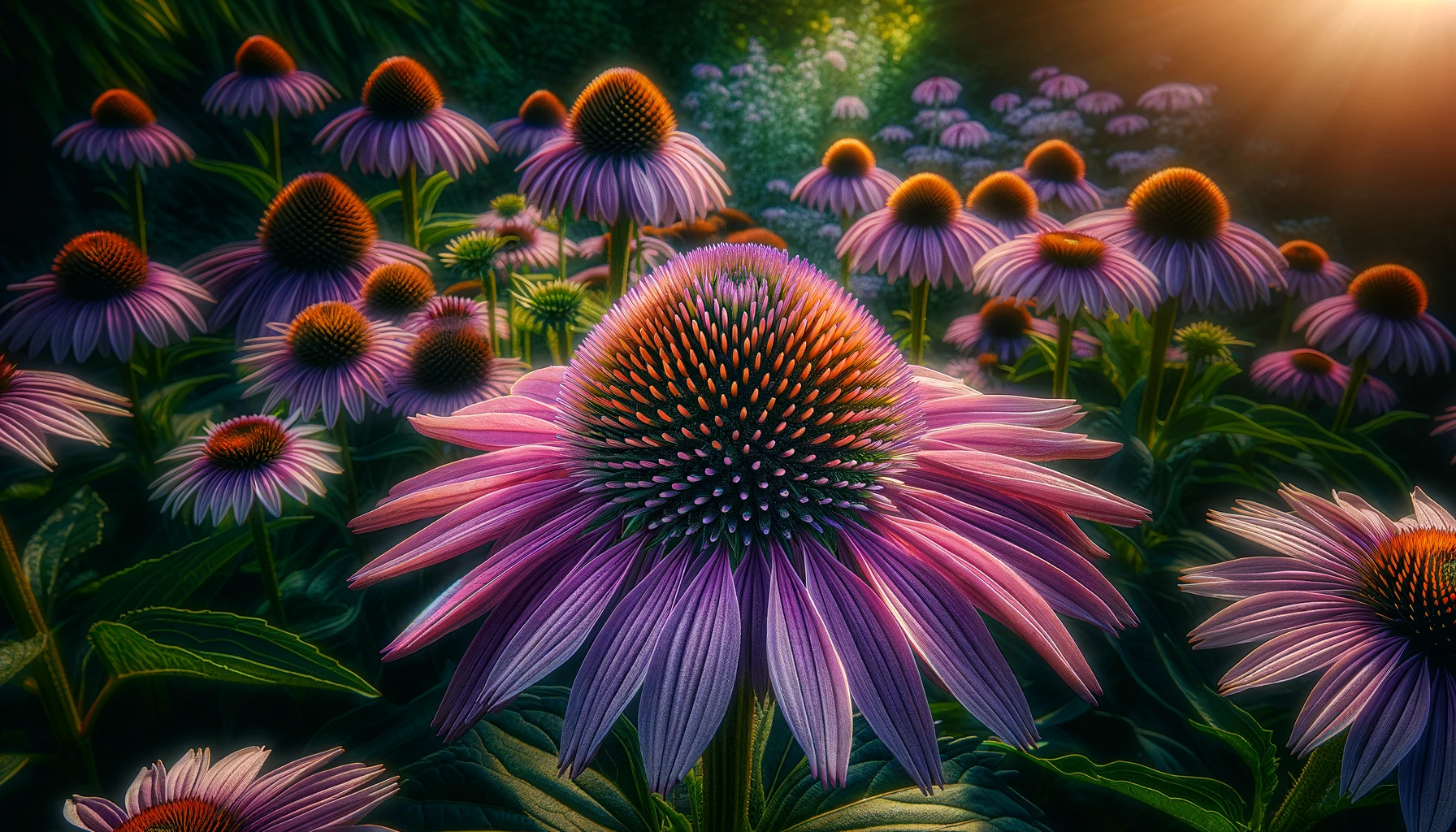
Varieties
There is a wide array of options available. From vibrant flowers to lush foliage, the variety of drought-tolerant plants allows for diverse and visually appealing garden landscapes. For instance, when exploring different species and cultivars of low-water plants, you can choose from an assortment of textures, colors, and sizes. This means that you have the flexibility to create a garden that suits your preferences while still conserving water.
You can opt for succulents like Aloe Vera or Sedum which store water in their leaves or stems. These varieties not only survive with minimal watering but also add intriguing shapes and forms to your garden. Ornamental grasses such as Blue Fescue or Fountain Grass are excellent choices due to their adaptability in dry conditions while providing graceful movement and texture.
Furthermore, by selecting from a wide range of options for drought-tolerant gardening, you can curate a garden that thrives even during prolonged periods without rainfall. This diversity empowers you to design an aesthetically pleasing landscape while being mindful of water conservation.
Pollinator Attraction
In addition to their resilience in arid conditions, drought-resistant plant choices play a crucial role in supporting pollinator populations. By incorporating these plants into your garden, you contribute towards creating habitats for pollinators through low-water gardening practices.
For example, Echinacea (also known as coneflower) is not only durable during dry spells but also attracts bees and butterflies with its vibrant blooms. The nectar-rich flowers provide essential nourishment for these pollinators amidst challenging environmental circumstances.
Moreover, attracting pollinators with drought-resistant plant choices contributes significantly to the overall ecosystem health by promoting biodiversity within urban environments. Through thoughtful selection of low-water plants like Lavender or Salvia which attract beneficial insects such as bees and butterflies, your garden becomes an oasis supporting various wildlife species despite limited water availability.
Salvia’s Adaptability

Flowering Season
Drought-resistant plants come in various flowering seasons, offering continuous color displays. For instance, you can select Salvia greggii for its long blooming period from spring to fall. This perennial plant provides vibrant flowers throughout the warm months, adding a pop of color to your garden. By combining it with other drought-tolerant species like Lavandula angustifolia (English lavender) and Penstemon eatonii (firecracker penstemon), you can plan an all-season bloom layout.
When planning garden layouts based on seasonal blooming, consider mixing early, mid, and late-blooming plants. Pairing early bloomers like Echinacea purpurea (purple coneflower) with mid and late-flowering species such as Agastache rupestris (threadleaf giant hyssop) ensures a steady stream of colors throughout the growing season.
Soil Preferences
Understanding soil preferences is crucial when choosing drought-resistant plantings. While some low-water plants thrive in well-draining sandy soils, others prefer loamy or clay-rich soils. For example, Salvia nemorosa (Meadow sage) prefers well-drained soil but can tolerate various soil types including clay and rocky soils.
Identifying suitable soil types for drought-resistant plantings involves considering factors such as water retention capacity and nutrient availability in different soil compositions. Choosing plants that thrive in specific soil conditions ensures their adaptability to your garden’s environment without requiring excessive watering or maintenance.
Catmint’s Hardiness
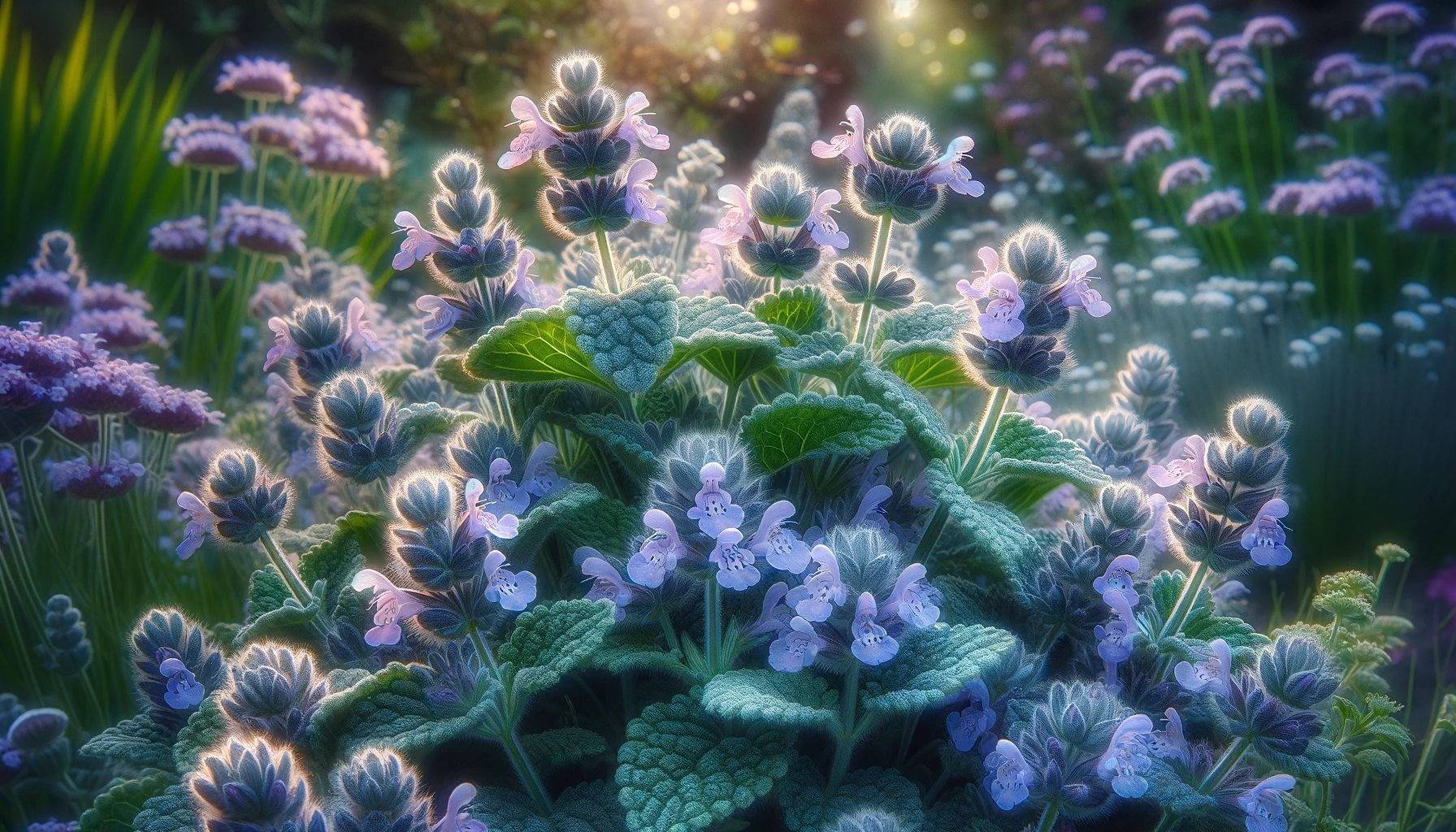
Foliage Appeal
Drought-resistant plant choices for gardens offer a diverse range of foliage characteristics, making them visually appealing and versatile. For instance, the silvery-gray leaves of Russian sage or the aromatic green foliage of lavender can add texture and interest to garden beds. By incorporating these low-water plants into your landscape design, you can create captivating visual contrasts and focal points.
Incorporating foliage-focused designs using drought-resistant species allows for an array of creative possibilities. You can experiment with different leaf shapes, sizes, colors, and textures to craft visually striking arrangements that thrive in arid conditions. For example, pairing the fine-textured foliage of yucca plants with the broad leaves of agave creates an eye-catching composition that requires minimal water.
Utilizing foliage appeal as a key element in waterwise landscaping not only enhances the aesthetic value but also contributes to sustainable gardening practices. By prioritizing plants with interesting foliage features that require little water, you can reduce overall water consumption while maintaining an attractive outdoor space.
Maintenance Tips
Practical tips for maintaining drought-resistant gardens are essential for ensuring their longevity and health. Proper care is crucial for maximizing the benefits of low-water landscapes while minimizing maintenance efforts.
Implementing efficient maintenance practices for low-water landscapes involves strategies such as deep watering less frequently to encourage deep root growth and applying mulch to conserve soil moisture. Regular inspection for pests or diseases is vital to address any issues promptly without compromising the plant’s resilience against drought conditions.
Maximizing the longevity and health of water-efficient plantings requires attention to detail. It’s important to choose well-draining soil mixes tailored to each specific type of drought-resistant plant in order to optimize their growing environment.
Portulaca’s Versatility
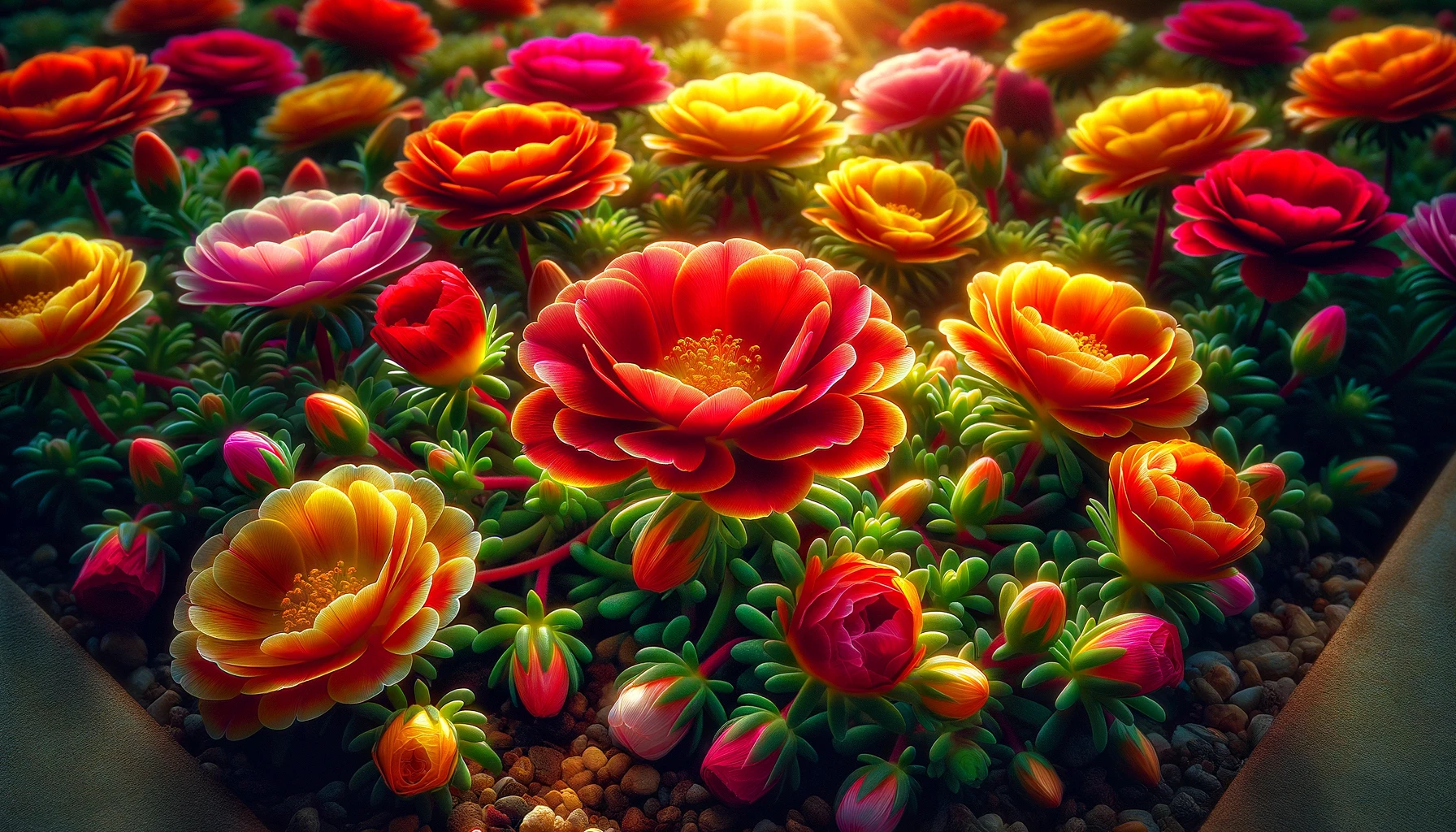
Sun Exposure
Portulaca, also known as moss rose, is a versatile choice for drought-resistant gardens due to its sun-loving nature. This plant thrives in full sunlight and dry conditions, making it an excellent option for areas with intense heat and limited rainfall. Its ability to withstand prolonged exposure to the sun makes it a valuable addition to any garden seeking low-maintenance, water-wise plants.
When planning a garden with drought-tolerant species like portulaca, it’s crucial to consider their sun exposure requirements. By understanding the amount of sunlight different areas of your garden receive, you can strategically select and position these low-water plants based on their sun tolerance. For instance, if certain sections of your garden receive direct sunlight for most of the day, planting portulaca in these areas can maximize their growth potential while minimizing water usage.
Optimizing your garden layout according to sun exposure needs allows you to create microenvironments that cater specifically to the requirements of various drought-resistant plant choices. This thoughtful approach not only ensures the health and vitality of your plants but also contributes to the overall sustainability and resilience of your garden against dry spells or water restrictions.
Color Diversity
One remarkable aspect of choosing portulaca for a drought-resistant garden is its vibrant color diversity. These low-water plants offer an extensive palette of hues ranging from soft pastels to bold, eye-catching tones. The availability of such diverse color options gives you ample opportunities to create visually stunning landscapes that captivate attention and elevate the aesthetics of your outdoor space.
By exploring the wide array of colors available in drought-resistant plant choices, including portulaca, you can curate an engaging visual experience within your garden. Incorporating complementary or contrasting colors into specific areas or arrangements allows you to craft captivating scenes that showcase nature’s beauty while requiring minimal watering maintenance.
Enhancing garden aesthetics through a wide range of colors in low-water plantings enables you to design cohesive yet dynamic outdoor spaces that remain striking even during periods when traditional gardens may struggle due to lack of moisture.
Penstemon’s Toughness
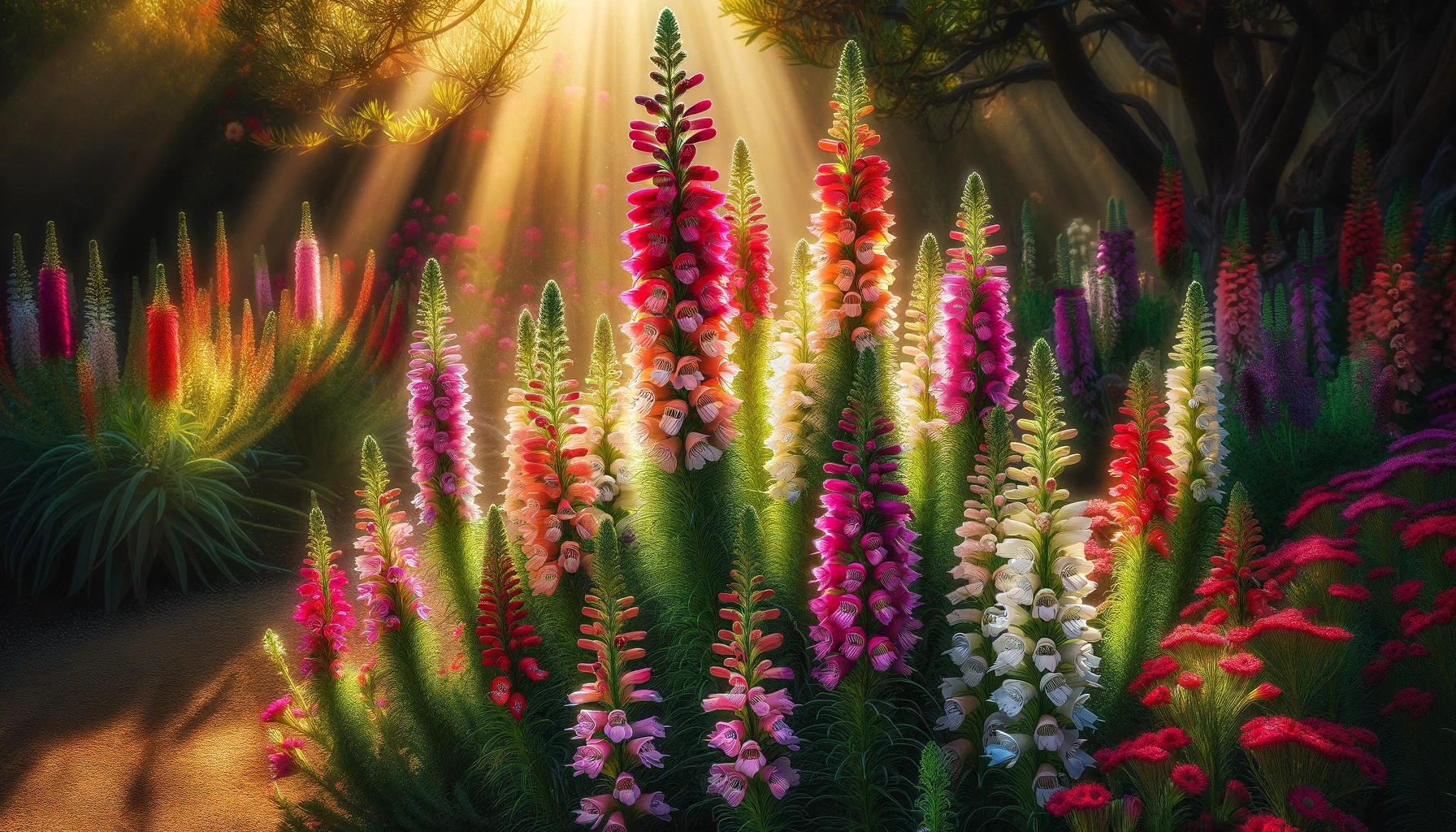
Climate Tolerance
When choosing drought-resistant plant choices for gardens, it’s crucial to consider their climate tolerance. Look for species that can endure various weather conditions, from scorching heat to occasional cold snaps. By selecting plants with diverse climate tolerances, you can create a garden that remains vibrant and healthy throughout the year. For instance, some penstemon varieties thrive in hot and dry climates, while others can withstand cooler temperatures.
Adapting your garden design to accommodate different climate tolerances allows you to create a dynamic landscape that remains visually appealing regardless of the weather. For example, incorporating both heat-tolerant and cold-resistant penstemon varieties into your garden ensures continuous color and texture even when faced with extreme temperature fluctuations.
Structural Interest
Another essential aspect when considering drought-tolerant plant selections is their structural interest. Drought-resistant plants like penstemons offer unique forms and textures that add visual appeal to landscapes through structural diversity. Their striking flowers and distinctive foliage contribute to an eye-catching display in any garden setting.
By utilizing the structural interest of low-water species such as penstemons, you can introduce captivating focal points within your garden while maintaining its water-wise principles. The architectural qualities of these plants not only provide aesthetic value but also bring diversity and depth to the overall landscape design.
Incorporating drought-tolerant plants with structural interest doesn’t just enhance the visual appeal; it also adds dimensionality to your outdoor space. Whether it’s through bold flower spikes or slender foliage, these features contribute to creating a captivating environment that thrives even under water-scarce conditions.
Rudbeckia’s Tenacity
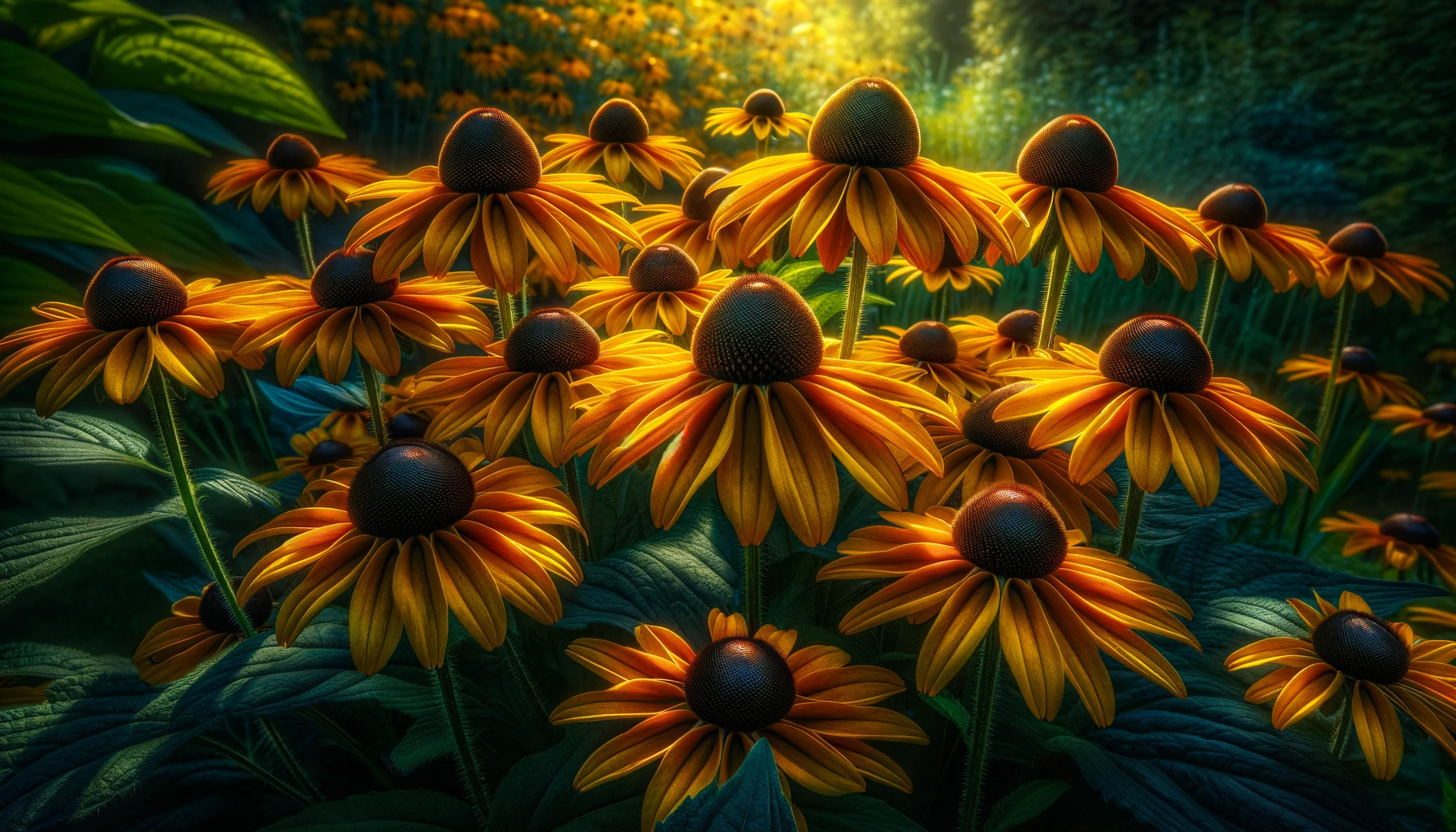
Drought-resistant plant choices for gardens come in various growth patterns, which can add visual interest and depth to your garden. For instance, the upright form of Rudbeckia hirta, commonly known as black-eyed Susan, adds height and structure to a garden. In contrast, low-growing plants like sedum or creeping thyme create a lush ground cover. By incorporating these varied growth patterns into your garden design, you can create a dynamic landscape with diverse structures.
When designing your garden with drought-resistant plants, consider how their growth habits complement each other. Pairing tall, spiky plants with mounding ones creates an appealing contrast that adds dimension to the overall look of the garden. For example, combining the vertical nature of Rudbeckia hirta with the spreading habit of penstemon can result in an eye-catching display that is both visually striking and water-efficient.
Wildlife Value
In addition to their water-saving benefits, drought-resistant plant choices also offer significant value for wildlife. By planting species like Rudbeckia hirta, you provide essential habitat and sustenance for various forms of wildlife such as bees and butterflies. These pollinators are crucial for maintaining healthy ecosystems and supporting biodiversity.
The use of low-water plant species in gardens helps attract and nurture wildlife populations by providing them with food sources such as nectar and pollen-rich flowers. This not only enhances ecological balance but also contributes to the overall health of local ecosystems by fostering thriving habitats for diverse animal species.
Lavender’s Suitability

Aromatic Qualities
Lavender plants are renowned for their aromatic qualities, making them an excellent choice for those seeking a sensory experience in their gardens. The delightful fragrance of lavender can elevate the overall ambiance of a garden, creating a serene and calming environment. By incorporating these fragrant low-water species into your garden, you not only enjoy their beautiful blooms but also infuse your outdoor space with a natural and soothing aroma. Imagine taking leisurely strolls through your garden, surrounded by the subtle yet enchanting scent of lavender.
Another way to enhance the sensory experience is by strategically placing lavender near seating areas or walkways. This allows you to fully appreciate the plant’s aromatic properties as you relax or move around your garden. When designing waterwise gardens, integrating scent-focused elements such as lavender can add depth and character to the overall landscape while requiring minimal water consumption.
Drought Strategies
Implementing effective drought strategies is crucial. Lavender plants are well-suited for this purpose due to their ability to thrive in arid environments with minimal watering requirements. One effective strategy involves utilizing planting techniques that promote water conservation during periods of drought. For example, grouping lavender plants together can create shade and reduce evaporation from the soil, helping retain moisture within the garden bed.
Furthermore, ensuring garden resilience through thoughtful drought management is essential when cultivating lavender and other drought-resistant species. This includes monitoring soil moisture levels regularly and adjusting watering schedules accordingly. By understanding the specific needs of lavender plants during different stages of growth, you can optimize their resilience against prolonged dry spells while maintaining an aesthetically pleasing garden landscape.
Perovskia’s Elegance
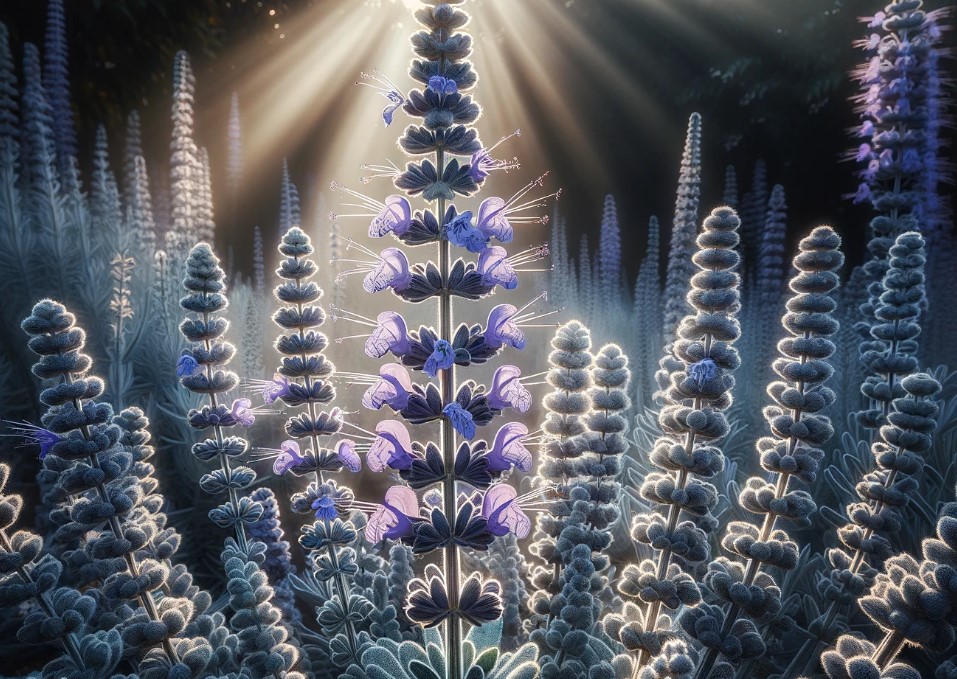
Aesthetic Value
Choosing drought-resistant plant varieties can significantly enhance the overall aesthetic appeal of your garden. By carefully selecting low-water species, you can create visually pleasing landscapes that are both sustainable and beautiful. Emphasizing the beauty and allure of water-efficient gardening not only adds visual interest to your outdoor space but also promotes environmentally conscious practices.
For instance, incorporating Perovskia atriplicifolia (Russian sage) into your garden design not only provides a pop of color with its lavender-blue flowers but also adds a soft, airy texture to the landscape. Pairing this drought-tolerant perennial with other water-wise plants like Lavandula angustifolia (English lavender) creates an enchanting display that thrives in dry conditions.
Pairing Suggestions
Pairing complementary low-water plant varieties is essential for creating cohesive and visually striking garden designs. Creative combinations such as pairing Russian sage with ornamental grasses or succulents can elevate the visual impact of your landscape while ensuring minimal water usage.
Achillea’s Resourcefulness
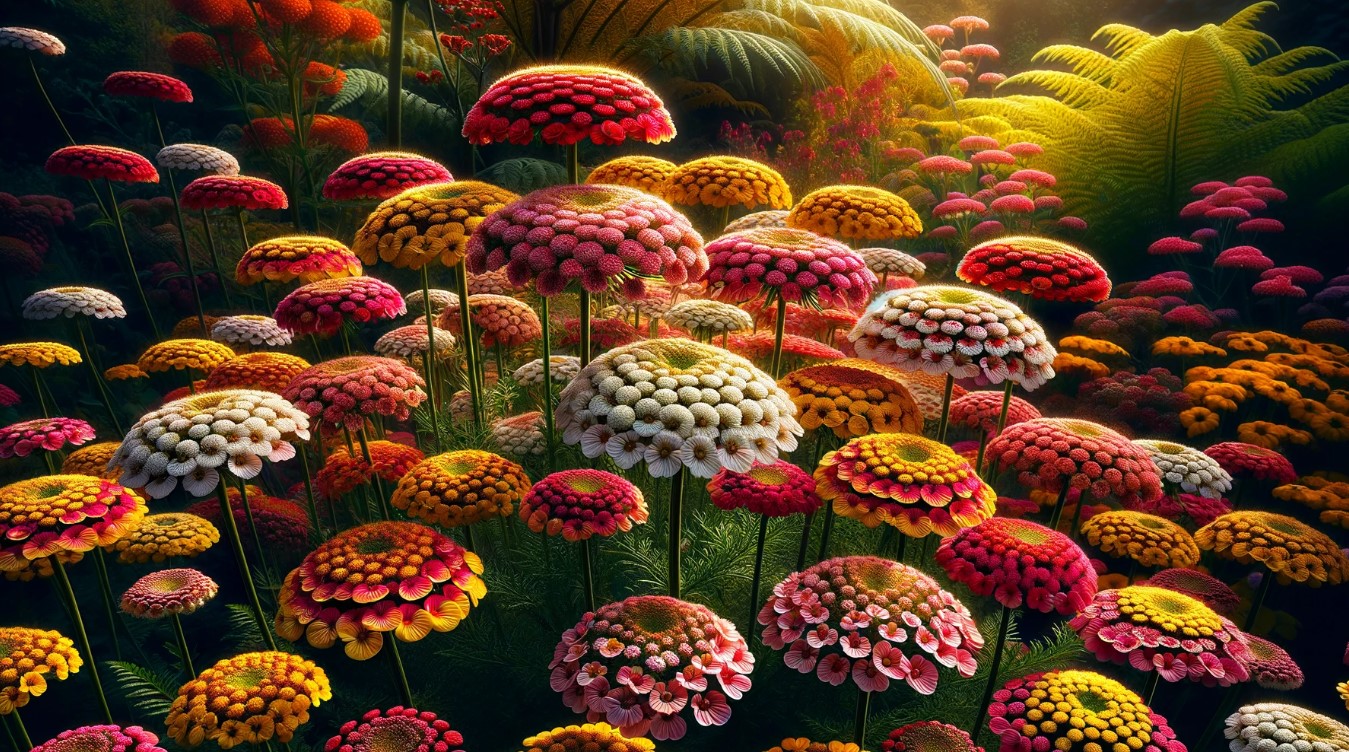
Cutting Garden Potential
When selecting drought-resistant plant choices for your garden, consider identifying potential cut flowers among the chosen varieties. Look for low-water blooms that can thrive in dry conditions. For instance, species like lavender and yarrow are excellent options as they require minimal water to flourish. Cultivating a cutting garden with an array of these low-water blooms not only adds visual appeal to your outdoor space but also promotes sustainable gardening practices.
Incorporating floral arrangements from water-efficient garden selections allows you to enjoy beautiful bouquets without compromising on environmental conservation efforts. By opting for drought-resistant plants with vibrant blossoms, such as salvia or coreopsis, you can create stunning arrangements while minimizing water usage. This approach not only benefits the environment but also offers an opportunity to showcase the resourcefulness of drought-resistant plants in enhancing the aesthetic appeal of your garden.
Healing Properties
Exploring the therapeutic and medicinal qualities of certain drought-resistant plant choices reveals their holistic benefits beyond ornamental value. Many low-water species possess healing properties that have been utilized for centuries in traditional medicine and wellness practices. For example, plants like echinacea and aloe vera are renowned for their medicinal attributes and can thrive in arid climates with minimal watering requirements.
Harnessing the healing properties inherent in specific low-water species allows you to create a sustainable green space that contributes to overall well-being. Incorporating these plants into your garden not only conserves water but also provides access to natural remedies right at your doorstep. Recognizing the holistic benefits offered by waterwise gardening practices underscores the significance of integrating drought-resistant plant choices into our outdoor environments.
Closing Thoughts
You’ve now uncovered a treasure trove of resilient plant options for your garden. Embracing drought-resistant gardening doesn’t mean sacrificing beauty; it means choosing plants that thrive even in challenging conditions. Just like these plants, you can adapt and flourish in the face of adversity. So, go ahead and add some lantanas, echinaceas, salvias, catmints, portulacas, penstemons, rudbeckias, lavenders, perovskias, and achilleas to your garden.
With these hardy beauties by your side, you’ll not only create a stunning oasis but also contribute to the environment by conserving water. It’s time to let your garden reflect your resilience and strength. Get planting and watch your garden bloom into a resilient masterpiece!
Frequently Asked Questions
What are some benefits of choosing drought-resistant plants for gardens?
Drought-resistant plants require less water, reducing the need for irrigation and saving on water bills. They also tend to be low-maintenance, making them ideal for busy gardeners. They can thrive in challenging conditions, adding resilience and beauty to your garden.
How do I care for drought-resistant plants in my garden?
Drought-resistant plants generally require well-drained soil and minimal watering once established. It’s important to provide adequate space between the plants to allow for good air circulation. Regularly checking the soil moisture level is crucial, especially during hot spells or prolonged dry periods.
Can I create an aesthetically pleasing garden using only drought-resistant plants?
Absolutely! Drought-resistant plants come in a wide variety of colors, shapes, and sizes. By carefully selecting a diverse range of species with different flowering times and textures, you can create a visually stunning garden that thrives even in arid conditions.
Are there any specific design tips for incorporating drought-resistant plants into my garden?
When designing with drought-resistant plants, consider grouping together those with similar water needs. This will help you manage watering more efficiently while creating attractive clusters of complementary foliage and blooms throughout your landscape.
Do drought-resistant gardens attract wildlife like bees and butterflies?
Yes! Many drought-tolerant plant species are known to attract pollinators such as bees and butterflies due to their vibrant flowers. By including these types of flora in your garden, you’ll not only conserve water but also contribute positively to local biodiversity.
